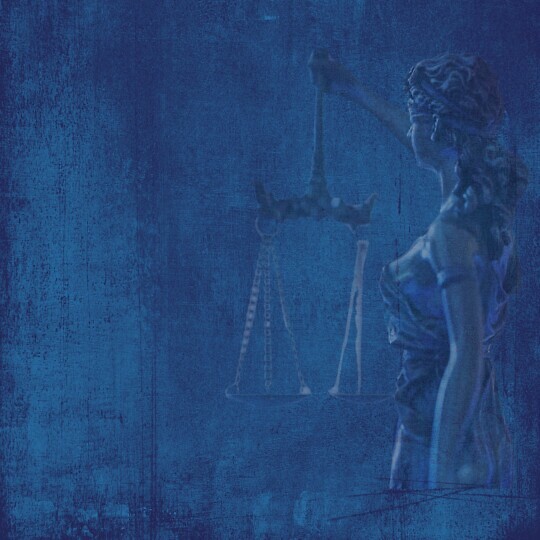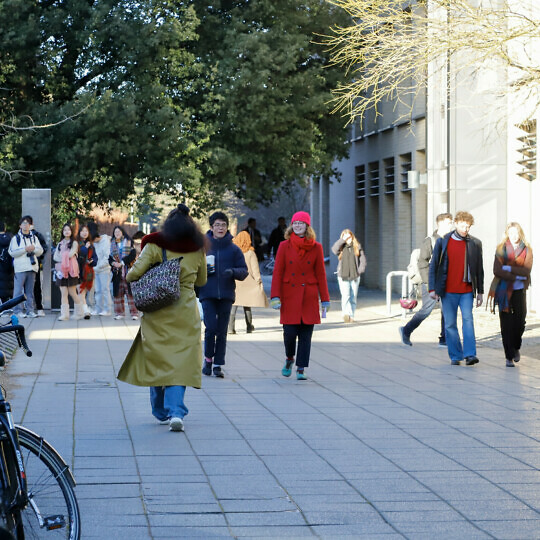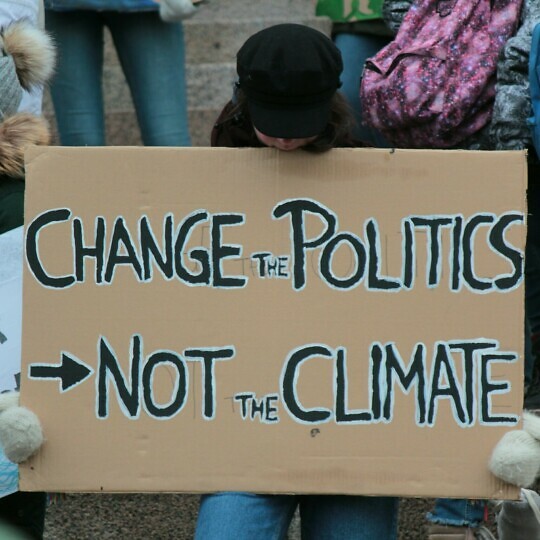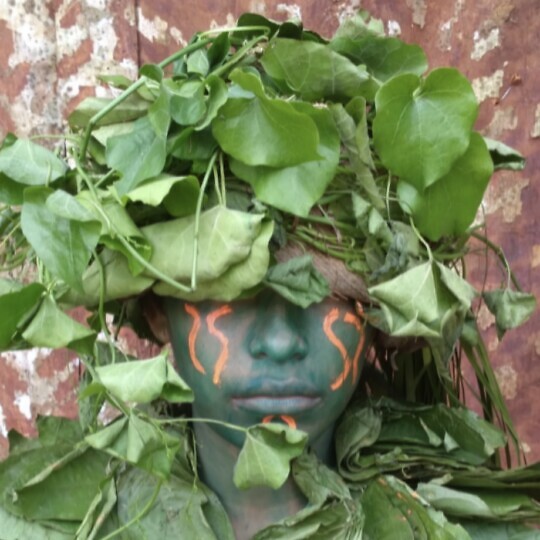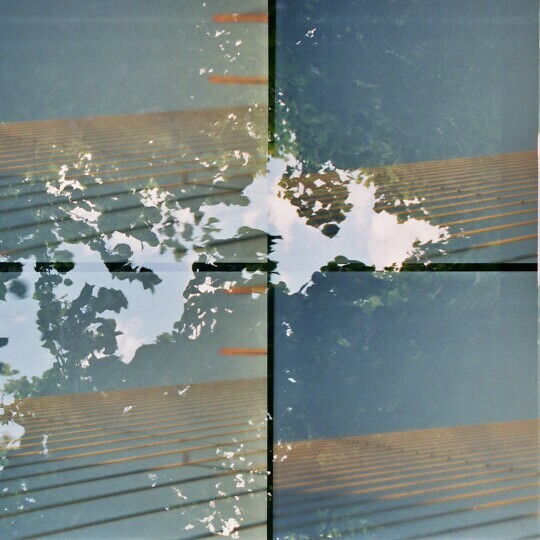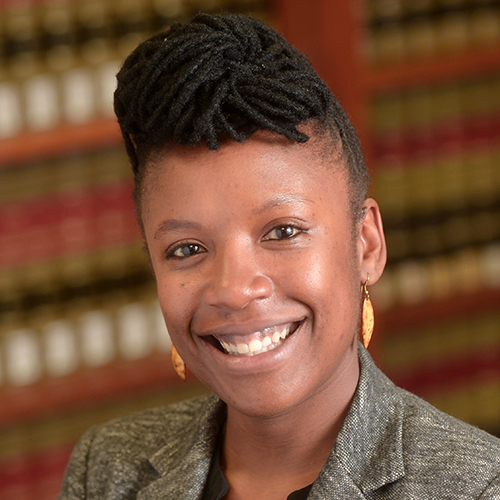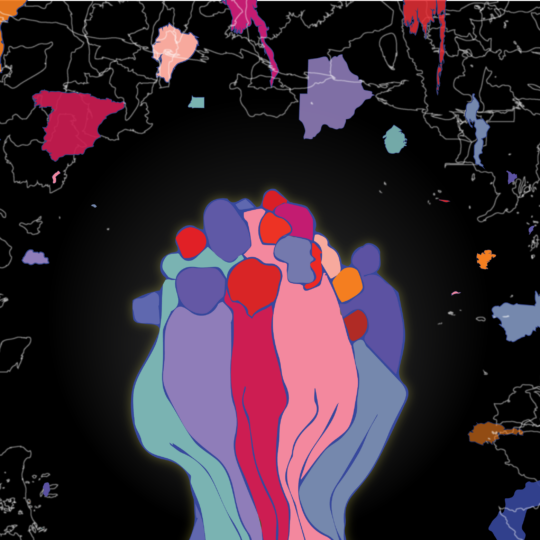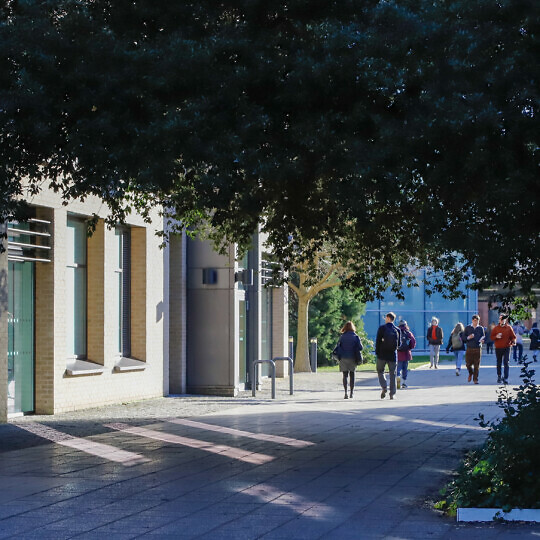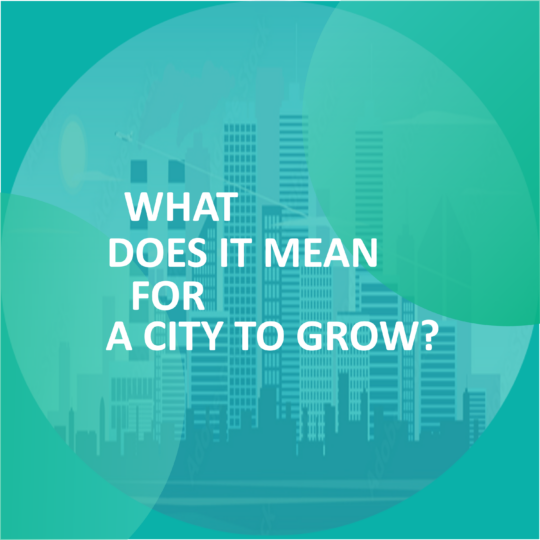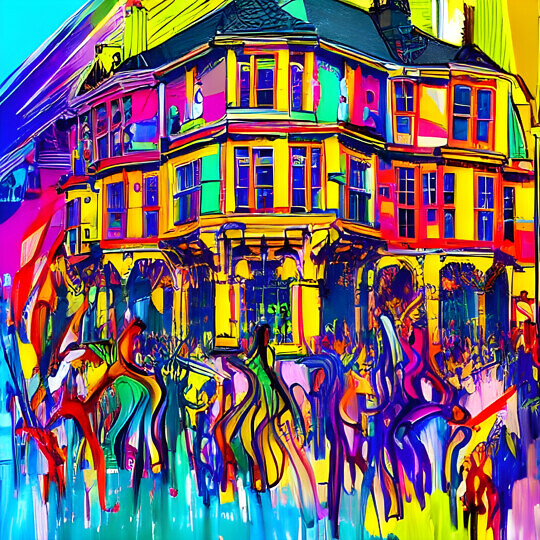| 15 Jun 2018 - 16 Jun 2018 | All day | SG1 and SG2, Alison Richard Building | |
- Description
- Programme
- Abstracts
Description
Registration for this conference is now closed.
Convenors
Melissa Van Drie (University of Cambridge)
Melle Kromhout (University of Cambridge)
Summary
What happens when hearing doesn't do what it purportedly should?
Often hearing and sound are predominately considered from an ear-centric perspective. We will explore alternatives to this singular ear, engaging various historical, theoretical and methodological positions. Putting forward an exploratory format, participants will ignite discussions that challenge notions of embodied presence and investigate different materials and research strategies for hearing differently from the 19th century to the present. How can we reconsider the modalities and practices of the sensing body (human and non human, disabled or augmented)? How can we address the particularities of the material event of sound itself? How can we think about the sorts of energetic and ‘presencing’ spaces that sound produces?
Participants include: Zeynep Bulut, Melissa Dickson, Nina Eidsheim, Bastien Gallet, Julian Henriques, Douglas Kahn, Seth Kim-Cohen, Aleks Kolkowski, Sander van Maas, Mara Mills, Úna Monaghan, Ita Monaghan, Gascia Ouzounian, Matthieu Saladin, Holger Schulze, Jonathan Sterne, David Trippett, and Shelley Trower.
This event will happen in relation with the international conference 'The Audible Spectrum: Sound Studies, Cultures of Listening and Sound Art' (7-9 June 2018 in Paris), convened by Stéphane Roth and Marion Platevoet (Cité de la musique-Philharmonie de Paris), Bastien Gallet (Haute École des Arts du Rhin), and Matthieu Saladin (Université Paris 8).
Sponsors
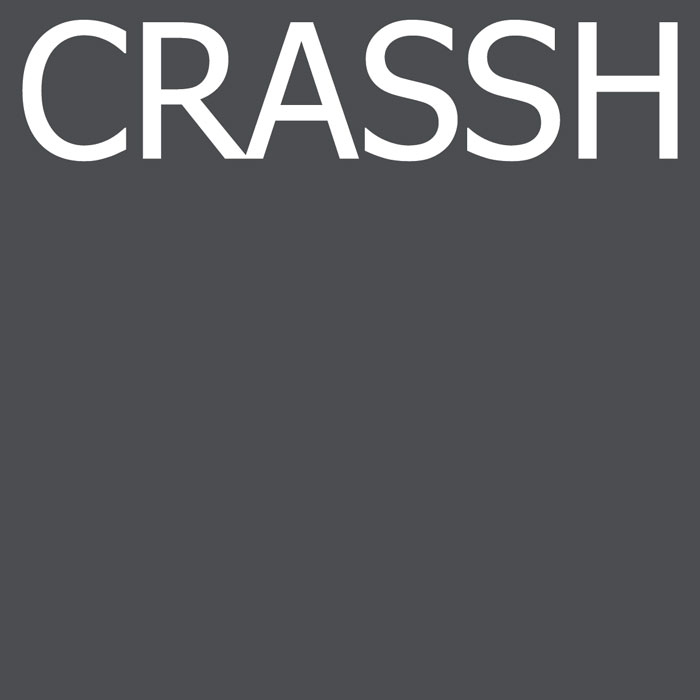
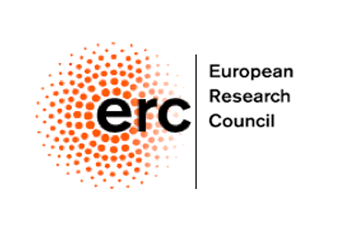
Supported by the Centre for Research in the Arts, Social Sciences and Humanities (CRASSH) and the ERC Project ‘Sound and Materialism in the 19th Century’ (University of Cambridge).
Administrative assistance: events@crassh.cam.ac.uk.
Unfortunately, we are unable to arrange or book accommodation for registrants. The following websites may be of help:
Programme
| Day 1 - Friday 15 June | |
| 9.00 - 9.30 | Registration |
| 9.30 - 10.00 | Introductory Remarks |
| 10.00 - 11.15 | Panel One Douglas Kahn (University of New South Wales, Sydney) 'Sound as One Energy Among Others'
Seth Kim-Cohen (School of the Art Institute of Chicago) 'The First Annual Convocation of the Shallow Listening Institute'
Nina Eidsheim (UCLA) 'Using Ankhrasmation Theory to Listen Differently'
Holger Schulze (University of Copenhagen) 'Idiosyncrasies, Corporealities, Situatedness: Three Memos for Sound In The 22nd Century' |
| 11.15 - 11.45 | Break |
| 11.45 - 13.15 | Panel One Discussion Respondent: Anahid Kassabian (Independent Scholar) |
| 13.15 - 14.30 | Lunch |
| 14.30 - 15.45 | Panel Two Shelley Trower (University of Roehampton) '20 Vibrations Per Second'
Zeynep Bulut (Queen's University Belfast) 'Voicing Infrasound'
Gascia Ouzounian (University of Oxford) 'Powers of Hearing: Acoustic Defense during the First World War'
Matthieu Saladin (Université Paris 8 / Labex Arts-H2H) 'Capturing the inaudible' |
| 15.45 - 16.15 | Break |
| 16.15 - 17.45 | Panel Two Discussion Respondent: Jillian Rogers (University College Cork) |
| Day 2 - Saturday 16 June | |
| 9.30 - 10.45 | Panel Three Jonathan Sterne (McGill University) 'Sonic Time as a Plastic Art: The Springer Pitch and Time Regulator'
Mara Mills (New York University) 'Words per Minute: Speed Listening in the 1970s'
Sander van Maas (University of Amsterdam) 'Listening Culture and Book Concepts'
Aleks Kolkowski (Artist / Independent researcher) 'Filtered Hearing' |
| 10.45 - 11.15 | Break |
| 11.15 - 12.45 | Panel Three Discussion Respondent: Jason Stanyek (University of Oxford) |
| 12.45 - 13.45 | Lunch |
| 13.45 - 15.00 | Panel Four David Trippett (University of Cambridge) 'Hearing the Animal Sensorium'
Bastien Gallet (Haute École des Arts du Rhin) 'Listening with the Bugs'
Melissa Dickson (University of Birmingham) 'Measuring the Limits of Human Hearing: The Galton Whistle'
Julian Henriques (Goldsmiths, University of London) 'The Sonic Womb' |
| 15.00 - 15.30 | Break |
| 15.30 - 17.00 | Panel Four Discussion Respondent: Michael Bull (University of Sussex) |
| 17.45 - 19.30 | Experiments and Drinks (At the 'Old Labs', Newnham College)
The Old Labs at Newnham College were built as a chemical laboratory towards the end of the 19th century, to accommodate women scientists, who were not permitted to access the main laboratories in Cambridge University. This installation, in an original fume cupboard, is about the boundary between scientific experimentation and creative experimentation.
A live demonstration of acoustic recording onto wax cylinders. The aim is to demonstrate how this medium may be transformed into an auditory palimpsest containing multiple traces of sounds, achieved through techniques of partial erasure and superimposed recording.
|
Abstracts
Zeynep Bulut (Queen's University Belfast)
'Voicing Infrasound'
Drawing on sound artist Christine Sun Kim's performance, Bounce House (2015), this presentation will examine the relation between infrasound and a mode of voicing, one that is not limited to human body or mediums for verbal language. I will raise the following questions: How does one voice infrasound? Can there be a voice emerging with infrasound? If so, what kind of a voice or whose voice can this be? And how may such voice prompt a different way of hearing? This presentation departs from our ongoing conversations with Christine Sun Kim, inspired by Sun Kim's notion of sound as “social currency” and my exploration of voice as skin.
Melissa Dickson (University of Birmingham)
'Measuring the Limits of Human Hearing: The Galton Whistle'
The Galton whistle offered a means of transcending the human sense of hearing in order to connect with animals through recognition of their own, subjective experience of the world and its vibrations. Providing tangible evidence that animals have access to sounds which humans may not even know to exist, it effectively demonstrated that the human mode of listening to the world was always relative and highly subjective. After first providing a brief outline of the reception and applications of the whistle, I will draw upon fictional explorations of (often animalistic) modes of enhanced auditory perception in Bram Stoker, Arthur Conan Doyle, and Wilkie Collins – each of which feature Galton-like whistles – in order to demonstrate the sense of anxiety and ambivalence that surrounded the potential advantages that may be gleaned, or indeed the evils that may be practised, by those who have access to a greater knowledge of their sonic environment than their peers.
Nina Eidsheim (UCLA)
'Using Ankhrasmation Theory to Listen Differently'
With this paper, I seek to contribute to listen differently, that is, to denaturalizing vocal timbre. Drawing on composer Wadada Leo Smith’s Ankhrasmation theory, I propose a listening methodology that avoids listening for fidelity and instead shifts attention to the relational.
Bastien Gallet (Haute École des Arts du Rhin)
'Listening with the Bugs'
This paper is about animal listening. We learned a lot about animal hearing, the wide range of their aural sensitivity, the many different ways they access to sound. But little has been said about their listening. Some species, the nightingale for instance, have the ability to learn how to sing (a word we’ll have to question). When learning, they listen like musicians taming their instrument. I will approach this delicate topic by reviewing the various methods sound artists implemented to relate to specific animals, to bring them to listen to their sounds and to react accordingly.
Julian Henriques (Goldsmith University)
'The Sonic Womb'
This presentation discusses some of the preliminary findings of an ongoing biomedical research project into auditory world of the unborn child. A baby’s hearing is fully developed from six months onwards and for the last trimester sound provides the fetus with its only sensory contact with the world. This raises important clinical, psychological and philosophical questions. The baby's auditory stimulation is described as coming from three sources: the outside world through amniotic fluid and the wall of the uterus, the inside world of the mother’s heartbeat and digestive gurgles; and thirdly the mother’s voice as conducted from her vocal chords down her spine. The presentation includes a demonstration of the “fetal filter,” that is, the attenuating and amplifying affects of the mother’s body on the frequencies available to the foetus.
Douglas Kahn (University of New South Wales, Sydney)
'Sound as One Energy Among Others'
Sound and vibration are commonly thought of as belonging to classes of acoustical and mechanical energy, but the ear, hearing and the body already complicate that notion before getting out into the wider world to what may be occasioning what is sensed. What could histories of sound be among energies, including the dominant and destructive energies of fossil fuels and power generation?
Seth Kim-Cohen (School of the Art Institute of Chicago)
'The First Annual Convocation of the Shallow Listening Institute'
Acting on what was at first a flippant impulse – but one that now seems increasingly meaningful – I want to suggest that we engage in some “shallow listening.” Deep listening suggests listening in and to a concentrated, narrow-gauge bandwidth. It posits something to be quarried, something at the bottom, a bedrock, an ore; material riches. Shallow listening imagines the same volume of listening attention, but allows it to pool at the surface and to seep out, encompassing adjacent concerns that the tunnel vision of the deep model would exclude. Shallow listening disavows sound-in-itself, thereby rejecting the notion that its riches are to be found in its material strata. Shallow listening listens further afield, to the vast and varied sites in play in the sonic work.
Aleks Kolkowski (Artist / Independent researcher)
'Filtered Hearing'
My talk will begin with examples of early 20th medical sound recordings that attempt to systematically replicate forms of hearing impairment using electronic filters. I will delve into the origins and purpose of these recordings and show how some musicians and composers in more recent times have used sound and noise filtering in strikingly similar ways, in the creation of sound works that alter the way we listen.
Sander van Maas (University of Amsterdam)
'Listening Culture and Book Concepts'
This presentation taps into the historical intertwinement of listening culture and book concepts and practices. Focusing on Derrida’s audiobooks from the 1980s and 1990s, it briefly discusses how bookishness has come to define aural experience. On the basis of recent work by book artists, it subsequently argues that the musical score, through its own bookishness, may help us rethink contemporary listening practice.
Mara Mills (New York University)
'Words per Minute: Speed Listening in the 1970s'
Speech gained momentum in broadcasting and education in the 1970s, after the commercialization of low-cost “time compressors” that allowed tape recordings to be accelerated without any change in pitch. Focusing on the Lexicon Varispeech, this talk considers popular applications and media-theoretical reactions to time-stretching. I will also briefly discuss the cultural imperative for aural speed reading among blind Talking Book readers that drove the early development of the device.
Gascia Ouzounian (University of Oxford)
'Powers of Hearing: Acoustic Defense during the First World War'
The emergence of large-scale aerial warfare during WWI necessitated new methods of acoustic defense: tracking the enemy through listening and acoustic sensing. Referencing now-declassified military reports, military manuals and scientific literature from this period, this presentation investigates the development of WWI-era acoustic defense technologies including geophones, double trumpet sound-locators, the Baillaud paraboloïde and the Perrin télésitemetre. During this period, listening was reconfigured as a complex, fragmented act of data collection in ways that prefigured modern notions of machine listening. Similarly, directional listening, which had previously been studied in terms of perceptual psychology, was newly understood in strategic terms: a tactical activity that could determine human and even national survival.
Matthieu Saladin (Université Paris 8 / Labex Arts-H2H)
'Capturing the Inaudible'
I will present my project Capturing the Inaudible, an open source software that is basically a reversed mp3-encoder used in performance. The ‘inaudible’ here is understood to mean that which belongs to the realm of sounds that cannot be heard because they are below or beyond the human audible spectrum or masked by simultaneous or almost simultaneous louder sound. However, the word also refers to what lies outside of hearing, or rather as the understanding of a group, a community, or even a society, in so far as it is socially, culturally and historically constructed. In other words: it is also understood as that which cannot be heard because it remains unintelligible to the group, the community or society, according to the impact of thresholds and masking effects. Thus, a political meaning is added to the phenomenological sense of the inaudible, although it is not actually possible to draw a clear line between the two, especially when one approaches listening (like all the senses) conditioned by apparatuses.
Holger Schulze (University of Copenhagen)
'Idiosyncrasies, Corporealities, Situatedness: Three Memos for Sound In The 22nd Century'
This contribution to the workshop presents in three memos some main tasks for sound research, for staging and artistic work with sound, and the reflection on and through sound in general. Since the advent of modern sound research in the 19thcentury, epistemological and technological categories for working with sound have been established that still provide the foundation of most institutionalized research on and artistic work with sound. In the meantime, the technocultural constellation has largely moved on, yet these major foundations are still retained – though massive appendices, detailed clarifications, large exceptions and even new sub-disciplines evolved in order to still keep the basic assumption of a globally standardized, at times a-historic and diversity-ignorant, even at points crudely formalist and mechanist concept of sound in place. This contribution introduces three categories – from a perspective of an anthropology of sound – that might help to transform and to evolve sound research into the 22ndcentury: by acknowledging these transformations on the one side – and on the other side by challenging anew the imagination and the inventiveness of engineers, designers, developers and artists.
Jonathan Sterne (McGill University)
'Sonic Time as a Plastic Art: The Springer Pitch and Time Regulator'
This paper considers some of the musical and aesthetic responses to the separation of playback speed and pitch during the tape era, focusing on the Springer pitch and time regulator (also known as the Eltro Information Rate Changer and the Springer Tempophon). Built around two demonstration recordings, this talk will briefly consider how composers, musicians and engineers understood the possibilities of separating time and pitch in the 1950s and 1960s, long before the development of digital sound technologies.
David Trippett (University of Cambridge)
'Hearing the Animal Sensorium'
Studies of the sensorium during the mid-19th century intersect with both the growth of comparative anatomy and the anti-vivisection movement. The emergence of an animal sensorium, as an outsider perspective on the self rooted in physiology (as opposed to Kantian critical philosophy), increasingly revealed the blind-spot of anthropocentrism, and raised questions of sentient communication, including sonic communication. This paper looks into the discovery of auditory difference between humans and animals, both as it splits apart a singular worldview of German materialists (Büchner, Vogt, Frauenstädt) and as it challenged philosophers to liken human listening to that of animals (Leopardi).
Shelley Trower (University of Roehampton)
'20 Vibrations Per Second'
I will talk about a specific frequency: 20 vibrations per second. This number recurs frequently in writings about sound and other forms of vibration, from nineteenth-century acoustics onwards, because it describes a threshold between the sonic and the infrasonic, around which it can be hard to tell if you are hearing or feeling sound. These are also conceptions of sound as bound by a temporal period (as an exact number of vibrations per second) which themselves cross historical periods. My sample will include the sounds of the siren, railways, and bass music.

